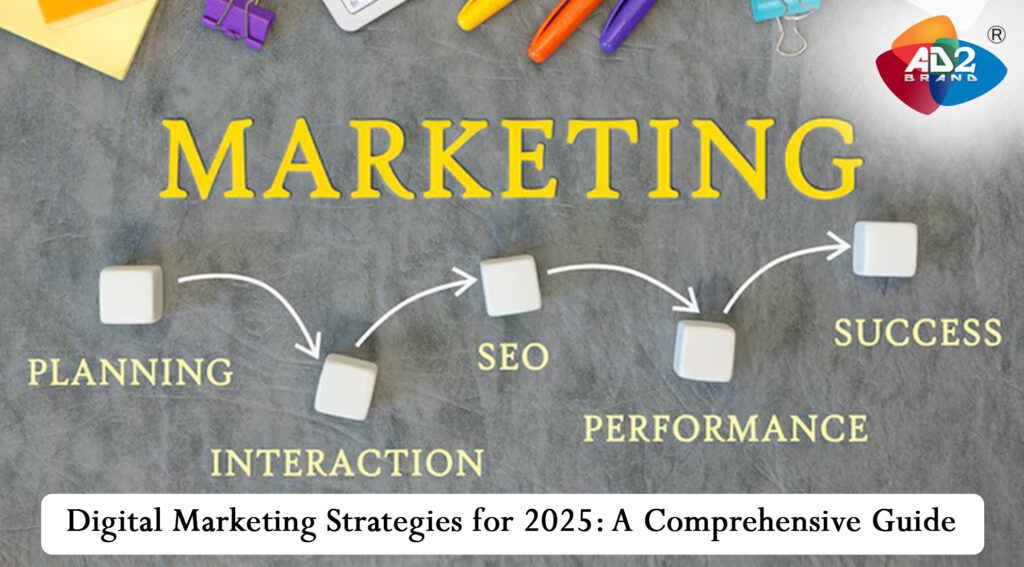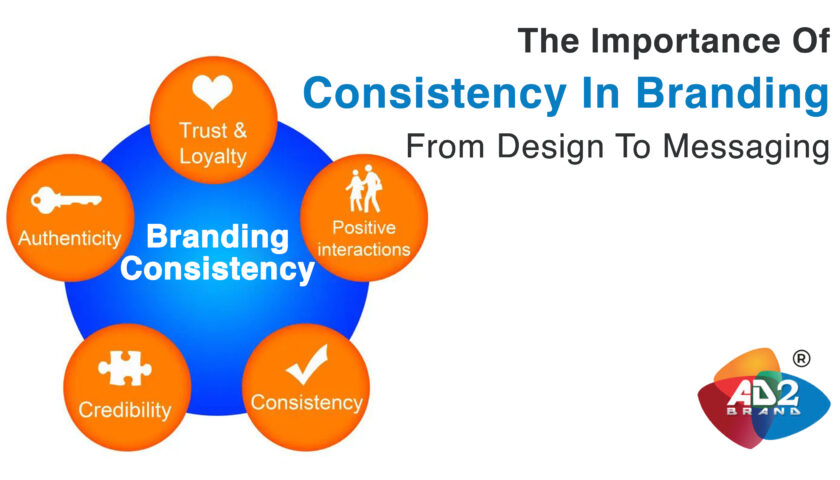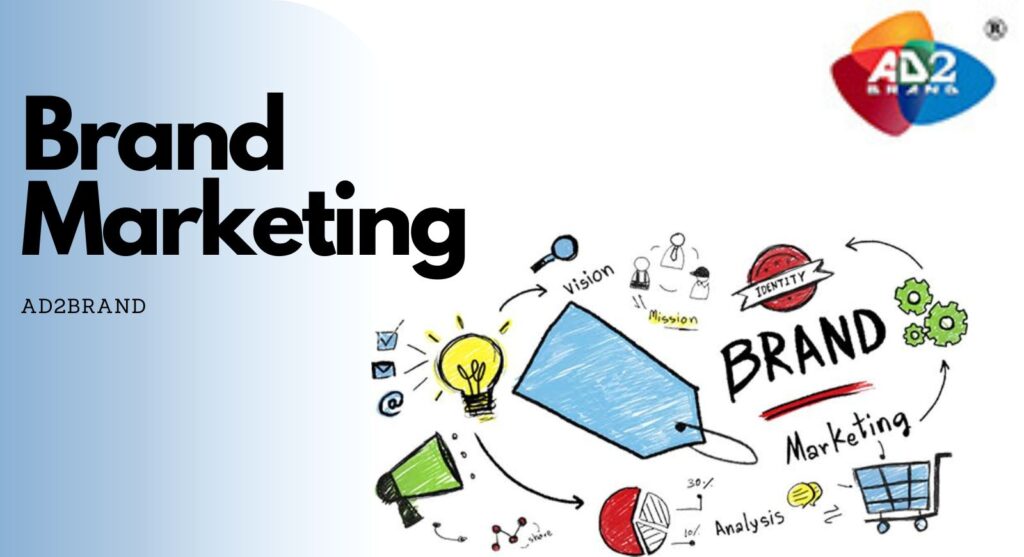The world of digital marketing is rapidly evolving, and as we approach 2025, the landscape is more dynamic and interconnected than ever. Innovations in artificial intelligence, consumer behavior analytics, sustainability, and immersive technologies are pushing boundaries and redefining how brands interact with their audiences. This guide explores the latest digital marketing strategies, technologies, and trends that businesses should leverage to stay competitive.
The Role of Artificial Intelligence in Digital Marketing
Artificial Intelligence (AI) continues to be a driving force in digital marketing. AI enhances customer experiences by enabling hyper-personalized marketing, predictive analytics, and real-time customer service. AI applications in marketing include chatbots, recommendation systems, and data-driven decision-making.
Key Applications of AI:
- Hyper-Personalization: AI analyzes customer behavior, preferences, and past interactions to deliver tailored experiences. For instance:
- Netflix uses AI to recommend shows and movies based on individual viewing habits.
- Amazon suggests products based on browsing and purchase history.
- Conversational AI: AI-powered chatbots provide instant responses, improving customer satisfaction and reducing operational costs. Brands like H&M and Sephora use chatbots to offer styling advice and product recommendations.
- Predictive Analytics: By analyzing historical data, AI predicts customer needs, enabling proactive marketing strategies. Spotify’s “Discover Weekly” playlists are a prime example of predictive analytics in action.
Voice Search Optimization and Conversational Marketing
The rise of voice-activated devices like Amazon Alexa, Google Assistant, and Apple Siri has shifted consumer behavior. Voice search is reshaping SEO strategies, with a focus on natural language and question-based queries.
Key Strategies:
- Use conversational language in content to align with how people speak.
- Include FAQs and long-tail keywords to address specific voice search queries.
- Optimize for local SEO since many voice searches are location-based.
Example:
Domino’s Pizza allows customers to order using voice assistants, streamlining the purchasing process and enhancing customer convenience.
The Shift to Zero-Party Data
Data privacy regulations like GDPR and the phasing out of third-party cookies have made zero-party data essential. This data, voluntarily shared by customers, builds trust and enables better personalization.
How to Collect Zero-Party Data:
- Create engaging quizzes and surveys.
- Offer loyalty programs that encourage customers to share preferences.
- Leverage interactive content like polls and games.
Example:
Nike’s NikePlus membership gathers data through personalized surveys to curate exclusive deals and product recommendations.
Video Commerce and Interactive Content
Video content remains a top-performing medium, but the integration of shoppable features has transformed it into a direct sales channel. Platforms like Instagram and YouTube have introduced interactive video ads that allow viewers to make purchases seamlessly.
Strategies for Video Commerce:
- Use clickable links and product tags in videos.
- Host live-stream shopping events to showcase products in real time.
Example:
L’Oréal Paris uses live-stream events where influencers demonstrate products, enabling viewers to shop instantly through embedded links.
Immersive Technologies: AR and VR in Marketing
Augmented Reality (AR) and Virtual Reality (VR) offer interactive and immersive experiences that engage customers at a deeper level. These technologies allow customers to visualize products in real-world settings.
AR/VR Use Cases:
- IKEA Place App enables users to see how furniture fits into their homes using AR.
- Sephora Virtual Artist helps customers try on makeup virtually, driving both engagement and conversions.
Gamification as a Marketing Tool
Gamification adds an element of fun and interactivity, encouraging customer participation and loyalty. It is particularly effective for engaging younger audiences.
Strategies for Gamification:
- Introduce mobile games or AR scavenger hunts.
- Use rewards-based campaigns to incentivize actions.
Example:
Starbucks’ Rewards Program includes gamified features like challenges and bonus star opportunities, enhancing customer retention.
Social Commerce and Community-Driven Campaigns
Social media platforms are evolving into full-fledged e-commerce hubs. Integrating shopping features directly into platforms like Facebook, Instagram, and TikTok simplifies the buyer journey.
Strategies for Social Commerce:
- Partner with micro-influencers to create authentic content.
- Use user-generated content to build trust and community.
Example:
Glossier thrives on user-generated content, featuring customer testimonials and photos to foster a sense of community.
Sustainability in Marketing
Modern consumers demand that brands align with ethical and sustainable practices. Highlighting your company’s environmental and social impact can significantly influence purchasing decisions.
Sustainability Strategies:
- Incorporate eco-friendly practices into marketing campaigns.
- Partner with charities or advocate for social causes.
Example:
Patagonia’s marketing focuses on environmental conservation, resonating with its eco-conscious audience.
The Impact of Blockchain Technology
Blockchain is creating a more transparent digital marketing environment. It enables secure data sharing, prevents ad fraud, and offers decentralized ad platforms.
Blockchain Use Cases:
- Brands can ensure secure customer data management.
- Decentralized ad platforms like Basic Attention Token (BAT) reward users for engaging with ads.
Advanced Deep Learning for Customer Insights
Deep learning, a subset of AI, refines customer segmentation and improves content targeting by analyzing complex datasets.
Applications of Deep Learning:
- Personalize email campaigns based on customer behavior.
- Automate ad creation with generative AI tools.
Example:
Google’s DeepMind enhances ad placement by predicting consumer preferences, improving ROI.
Localized Marketing and Multilingual SEO
As global markets grow, localization is critical for reaching diverse audiences. Multilingual SEO ensures your content is accessible across regions.
Key Steps:
- Develop region-specific content.
- Optimize for search engines used in target markets, like Baidu in China or Yandex in Russia.
Example:
Coca-Cola tailors campaigns for different countries, reflecting local cultures and languages.
Predictive Analytics for Smarter Campaigns
Predictive and prescriptive analytics allow marketers to anticipate trends and make data-driven decisions. These analytics enhance customer targeting, inventory management, and campaign optimization.
Applications:
- Predict buying patterns to optimize ad spend.
- Use prescriptive insights to recommend next-best actions.
Example:
Target uses predictive analytics to identify customer needs and enhance in-store and online experiences.
Content Diversification and Experiential Marketing
2025 will emphasize diverse content formats, from podcasts to interactive AR experiences. Experiential marketing connects brands with customers on a more emotional level.
Strategies:
- Host immersive brand events.
- Invest in podcast sponsorships to reach niche audiences.
Example:
Red Bull excels in experiential marketing through events like the Red Bull Stratos space jump, blending storytelling with brand promotion.
Visual Storytelling and Aesthetic Branding
As attention spans decrease, captivating visuals play a crucial role in digital marketing. Brands are investing in high-quality imagery, videos, and interactive graphics to engage users.
Trends in Visual Marketing:
- Interactive infographics that simplify complex information.
- 3D product displays for immersive online shopping.
Future-Proofing Your Digital Strategy
To succeed in 2025, brands must embrace agility and innovation. Key takeaways include:
- Prioritize AI and data-driven marketing.
- Focus on customer-centric and sustainable practices.
- Invest in immersive technologies like AR and VR.
- Strengthen brand storytelling with community engagement.
By leveraging these trends, businesses can create meaningful customer experiences that foster loyalty and drive growth.
Emerging Technologies Impacting Marketing
Blockchain for Marketing Integrity
Blockchain ensures transparency in ad delivery and data sharing. It combats fraud and builds consumer trust.
Future Impacts:
- Token-based loyalty programs.
- Ad platforms where users directly earn from engaging with content.
AI in Image and Video Analysis
AI analyzes visual content to better understand consumer preferences. For example:
- Pinterest uses AI to suggest pins based on visual data and past interactions.
- Fashion brands like Zara analyze Instagram trends to guide design decisions.
Building a Community-Centric Approach
Community-building remains pivotal for brands looking to deepen engagement. Digital platforms allow brands to create interactive spaces where customers can share experiences and feedback.
Strategies:
- Launch forums or exclusive social media groups.
- Incentivize user participation with exclusive rewards.
Example:
LEGO Ideas invites customers to submit designs, fostering a strong sense of collaboration and community.
Real-Time Marketing and Agile Campaigns
As consumers increasingly expect instant gratification, real-time marketing campaigns are becoming essential.
Best Practices:
- Monitor trends and engage quickly with timely content.
- Use social listening tools to identify opportunities for immediate engagement.
Example:
Oreo’s “Dunk in the Dark” tweet during the 2013 Super Bowl blackout set the benchmark for real-time marketing, a trend still relevant in 2025.
For businesses aiming to stay ahead in the dynamic world of digital marketing, having a trusted partner who understands the intricacies of emerging trends and tools is crucial. Ad2Brand stands out as a premier digital marketing agency, empowering businesses to navigate the challenges of the digital age. Specializing in services such as AI-powered analytics, voice search optimization, immersive AR/VR campaigns, and video commerce strategies, Ad2Brand crafts solutions that are tailored to individual business needs. By staying at the forefront of technology and consumer behavior trends, Ad2Brand helps brands not only connect with their target audiences but also foster lasting relationships. From building multilingual SEO campaigns to implementing blockchain for transparent marketing, Ad2Brand ensures your business is equipped with strategies that drive results in 2025 and beyond.
Final Thoughts
Digital marketing in 2025 will be defined by innovation, ethics, and personalization. To stay ahead, businesses should invest in emerging technologies, understand their customers deeply, and adapt quickly to changing dynamics. By implementing these strategies, brands can create meaningful, long-lasting relationships with their audiences.
Leverage these insights to craft a forward-thinking strategy that not only meets but exceeds expectations, ensuring your brand thrives in the digital age.




